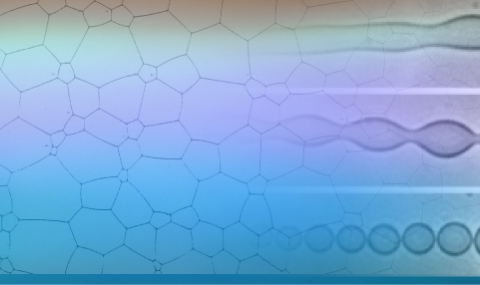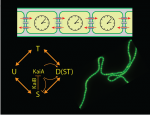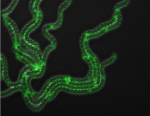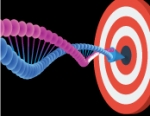Coupled circadian clocks in multicellular cyanobacteria
Endogenous circadian clocks align cellular physiology with diurnal light/darkness cycles on Earth, endowing organisms from unicellular cyanobacteria to multicellular plants and mammals, with a selective fitness advantage. Using fluorescence microscopy and microfluidic techniques we study at the single cell level circadian clocks and the remarkable reliability they can display in Anabaena, a multicellular cyanobacterium that has a one-dimensional structure. This allows us to probe the effects of cell-cell communication on clock synchrony and coherence, noisy fluctuations in protein copy numbers and phosphorylation states as well as the interplay between clocks and other processes in the cell such as cell division and differentiation. We model these phenomena theoretically using stochastic approaches.





